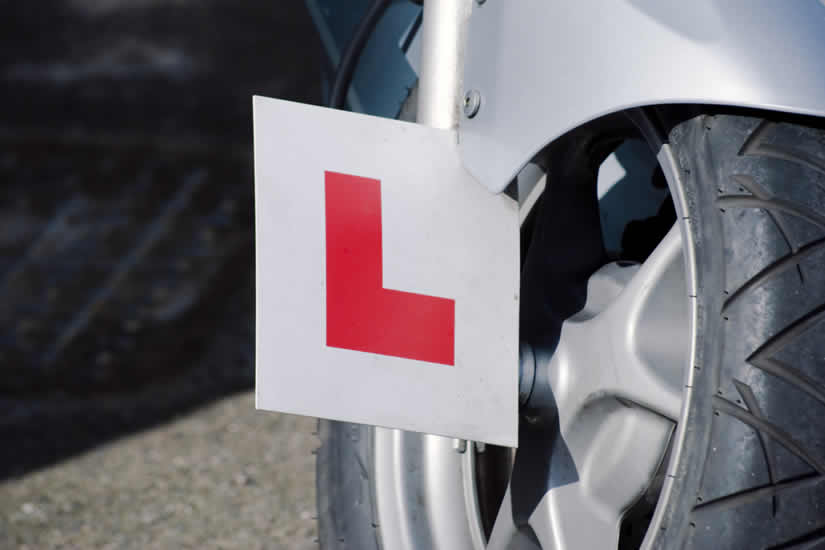Learn to Ride a Motorcycle
The various regulations surrounding motorcycle licencing laws can for some make the process of starting to learn to ride a little confusing. Motorcycle Test Tips and in particular, the learning to ride section aims to explain this process so that the challenge of learning to ride a motorcycle is easy to understand, plus the laws surrounding safety equipment and appropriate clothing that should be worn.
Detailed are explanations of the process of applying for your provisional licence, what age you must be for any particular licence category and which vehicles you are entitled to ride.
For most learner riders, compulsory basic training (CBT) is a legal requirement before being able to take to the roads. Detailed in the learning to ride section are the most frequently asked questions asked about CBT, along with an explanation of the five elements involved and what you can expect to happen during each element. Guides continue with the next steps after CBT.
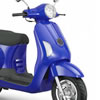 Differences Between Moped, Scooter and Motorcycle
Differences Between Moped, Scooter and Motorcycle
If you’re just starting out learning to ride, you might want to know what the differences between a moped, scooter and a motorcycle are. Which defines each vehicle and what age you can ride them.
![]()
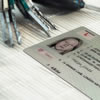 Learning to Ride a Motorcycle Laws
Learning to Ride a Motorcycle Laws
Explained in this section are the various laws and regulations outlined by the DVSA and DVLA in regards to obtaining a provisional motorcycle licence.
![]()
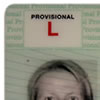 Motorcycle Licence Categories Explained
Motorcycle Licence Categories Explained
This guide explains the various categories on a motorcycle licence along with the minimum legal age for each category and what is necessary in order to gain a full licence within each category.
![]()
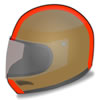 Motorcycle Helmet and Visor Laws
Motorcycle Helmet and Visor Laws
This section covers the laws regarding motorcycle safety helmets and visor tinting. Section also details what a motorcycle helmet is made from and various other safety tips.
![]()
![]()
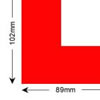 Motorcycle L Plate Law Explained
Motorcycle L Plate Law Explained
This page provides information on motorcycle L plate laws, including the correct size. Plus a guide on where to put L plates on motorcycles and mopeds.
![]()
 Motorcycle L Plate Law Explained
Motorcycle L Plate Law Explained
This page provides information on motorcycle L plate laws, including the correct size. Plus a guide on where to put L plates on motorcycles and mopeds.
![]()
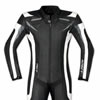 Motorcycle Clothing Guide
Motorcycle Clothing Guide
Guide covering the different types of motorcycle clothing, the benefits and disadvantages of each type and an explanation of the safety marks to look out for when purchasing.
![]()
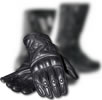 Motorcycle Gloves and Boots Guide
Motorcycle Gloves and Boots Guide
Guide detailing the correct types of motorcycle gloves and boots that should be worn whilst riding for best protection against weather and injury.
![]()
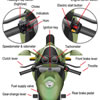 Motorcycle Controls Explained
Motorcycle Controls Explained
This guide explains where all the essential motorcycle controls are located and how to use them. Gaining basic knowledge on bike controls will help with the CBT course.
![]()
![]()
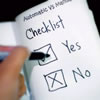 Choosing an Automatic or Manual Motorcycle
Choosing an Automatic or Manual Motorcycle
If you are deciding whether to choose an automatic or manual motorcycle, this guide looks at the good and bad points of both in terms of riding, availability and costs.
![]()
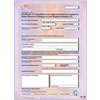 Compulsory Basic Training (CBT) Explained
Compulsory Basic Training (CBT) Explained
Information provides an explanation of compulsory basic training (CBT) for motorcycles along with the frequently asked questions asked by most learner riders.
![]()
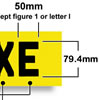 CBT Element A Explained
CBT Element A Explained
The five elements of compulsory basic training includes element A. The first element of CBT is explained providing details on what to expect and what requirements will need to be met from the learner rider.
![]()
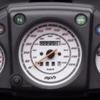 CBT Element B Explained
CBT Element B Explained
The CBT element B involves getting hands-on with the motorcycle where the trainer will be teaching the various controls, features and safety procedures of your machine.
![]()
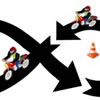 CBT Element C Explained
CBT Element C Explained
The CBT element C will now see you riding the motorcycle. Your trainer will prepare you for riding on public roads to cover, clutch, braking and balancing techniques along with dealing with junction.
![]()
![]()
 CBT Element D Explained
CBT Element D Explained
CBT element D is all about classroom theory. Element D is the preparation before you take to public roads on your motorcycle, to ensure you understand the rules of the road and to remain safe.
![]()
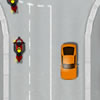 CBT Element E Explained
CBT Element E Explained
Finally compulsory basic training element E will see you take to public roads. The practical on-site training and theory practice you have learnt in previous element will be put into practice real-time where you’ll be dealing with other road users.
![]()
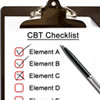 Can You Fail CBT?
Can You Fail CBT?
Though CBT isn’t technically considered a test and therefore it can’t be failed, it’s possible to finish the course without a CBT certificate. Let’s look at the common reasons why.
![]()
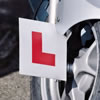 Next Steps to Take After CBT
Next Steps to Take After CBT
With the various motorcycle licenses available, some may ask what to do after CBT? This guide explains the next steps to take once CBT has been completed based on your age.
![]()
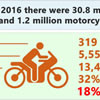 New and Young Motorcycle Rider Tips
New and Young Motorcycle Rider Tips
Once you have completed Compulsory Basic Training (CBT), you’ll be entitled to ride on public roads as a learner rider. As a new and young motorcycle rider, this will be your most dangerous time. Let’s look at why.
![]()

